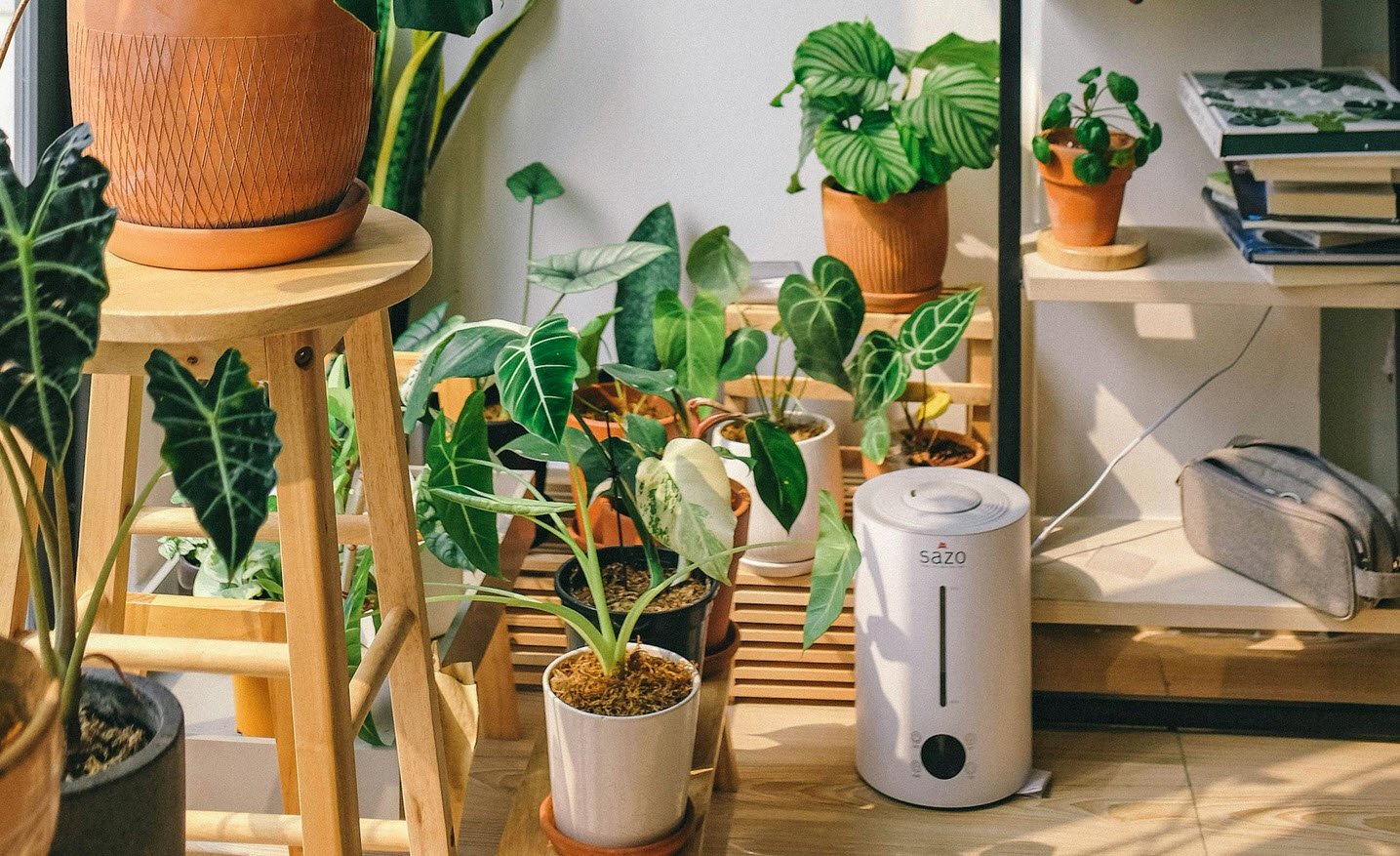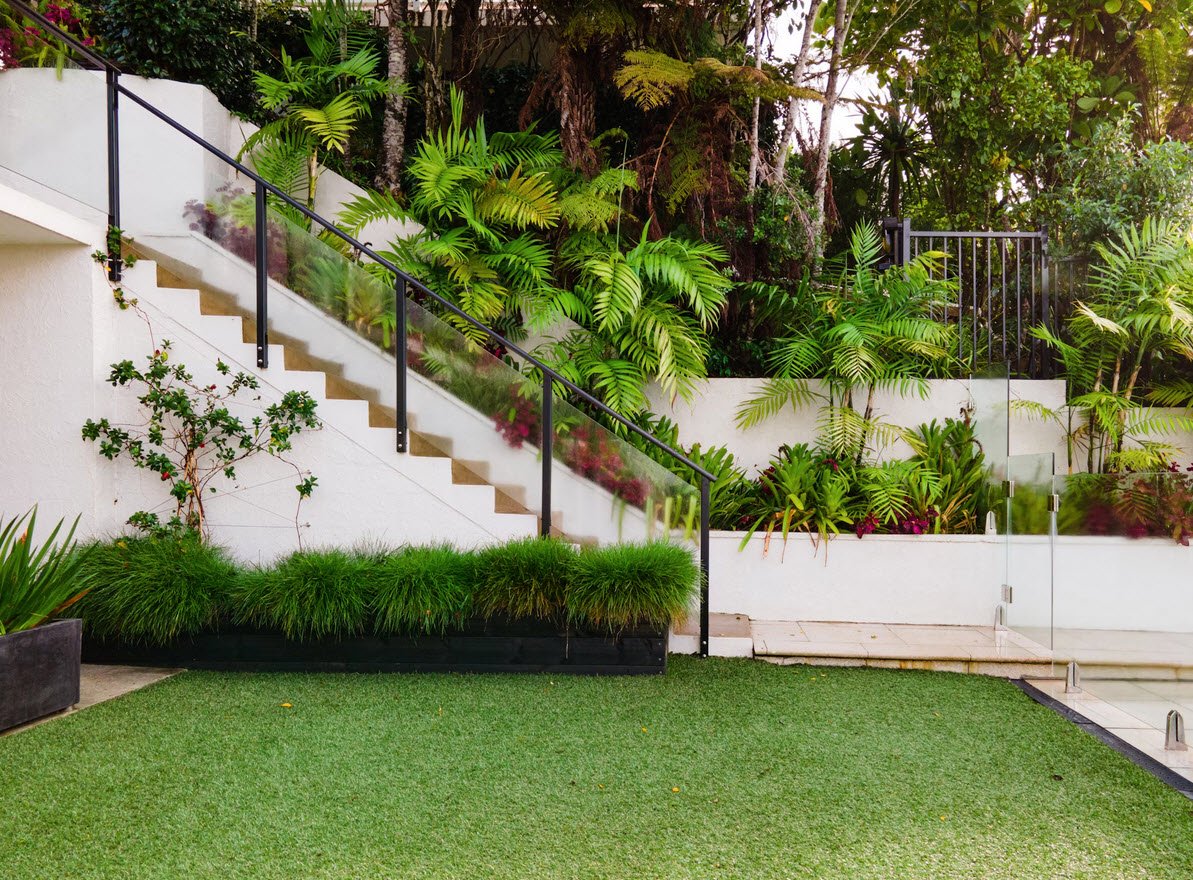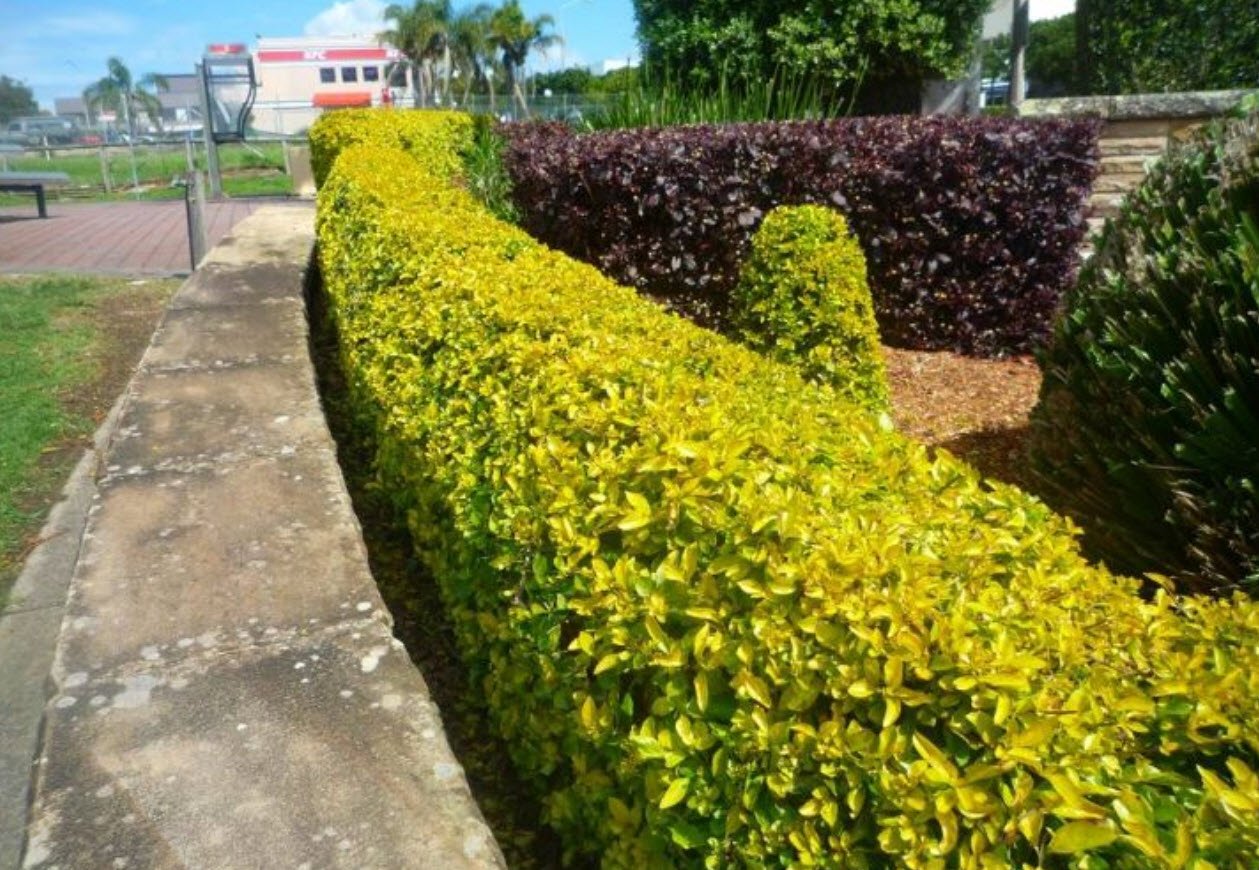
All terrestrial life comes from the soil and returns to it. And all terrestrial death comes to life again through the soil, because decomposing organic matter contains nearly all the nutrients that plants require. The good gardener will respect this natural cycle and thereby ensure that the soil in his garden is always living and life-giving.
SOIL LAYERS
Every soil can be divided into three distinct layers: topsoil, which in fertile soil is rich in humus (decayed organic matter); subsoil, which is composed mostly of rock particles; and rock, from which the basis of all soil is formed. Minerals are found in all layers.
PLANTS
The roots of different plants and trees push outward and downward to varying extents. Where many species grow together, nourishment is drawn from all layers of the soil through their roots.
ANIMALS
The complexity and interaction of animal life in the soil performs two crucial functions: the breaking down and returning to the soil of organic matter; and the aeration and loosening of the soil, which enables roots to spread deep and wide, and oxygen, nitrogen, rainwater and other useful elements to penetrate deep down. It is the delicate balance between a myriad species that keeps soil healthy, productive and free from disease.
ANTS’ NEST
The building of an ants’ nest aerates the soil, but it may kill the plant above.
WORMS
Worms perform the vital job of dragging dead organic matter down into the soil, but some of them, like the eelworm, above, attack, and sometimes kill, the roots of vegetables.
BACTERIA
Bacteria perform various vital functions in the soil. The bacteria pictured here take nitrogen from air and put it into the soil.
YEASTS
Yeasts are unicellular fungi that turn sugar into alcohol and carbon dioxide. They will be found above ground feeding on flowers and fruits.
INSECTS
Insects do the essential work of aerating the soil. Living organisms in the soil produce carbon dioxide and this would build up to a poisonous level if the tunneling of insects did not allow it to escape. Aeration permits oxygen to penetrate the soil and this is necessary for the good health of living organisms and plant roots, and also the decaying processes that produce humus.
FUNGI AND ALGAE
Fungi, above, and algae, below, are present in all soils. Once the larger animals have helped reduce dead organic matter to humus, the fungi and algae take over to release nutrients from the humus that can be used by plants. It is thought that Actinomycetes (a cross between a fungus and a bacterium) gives soil its smell. The mycelia (rootlike growths) of Actinomyces are shown, bottom.








